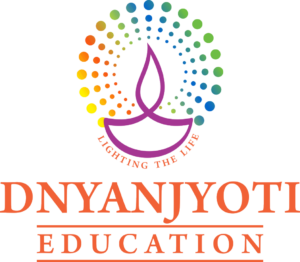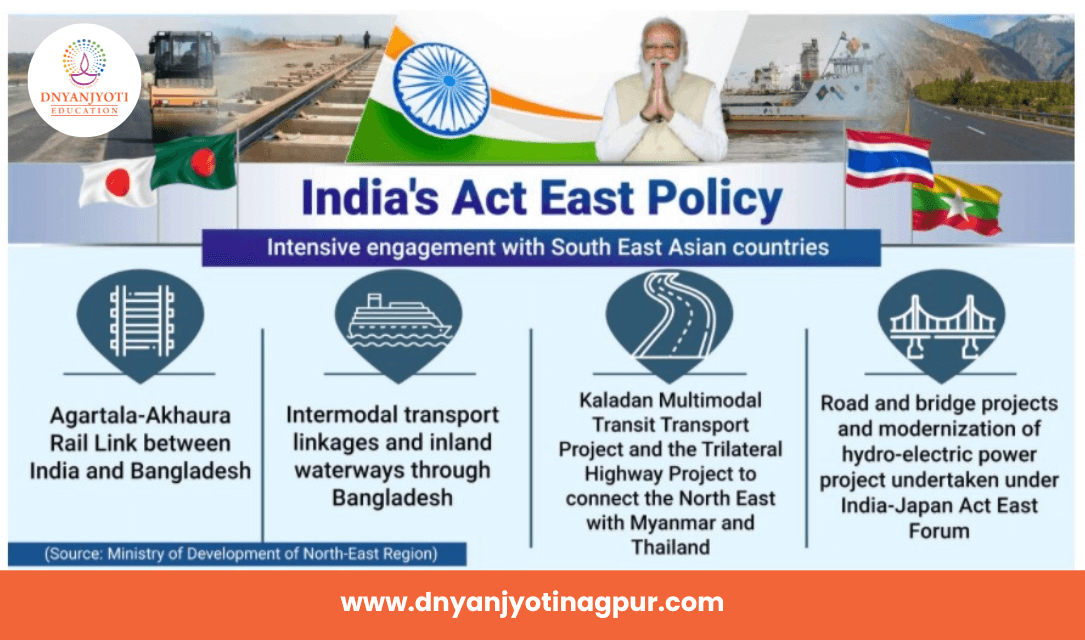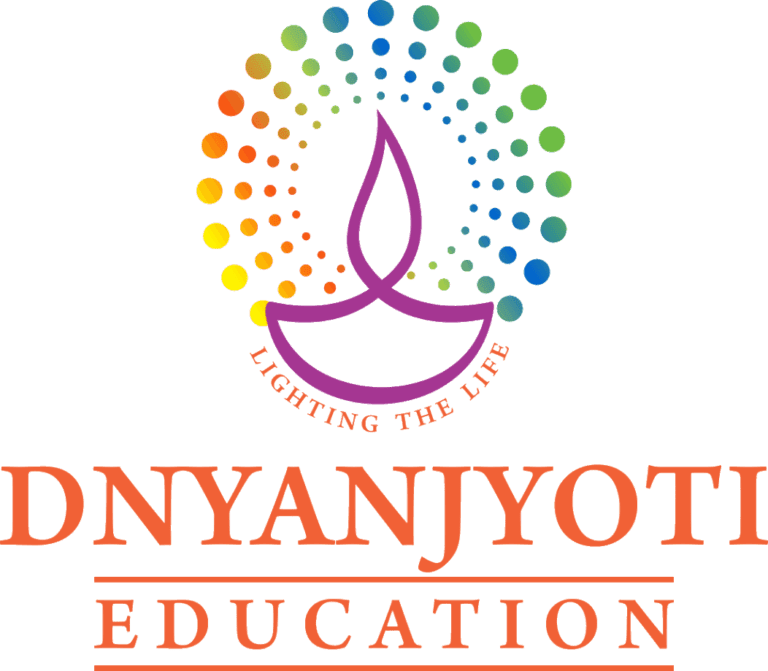India’s Look East policy:
- India’s Look East policy, initiated in 1991, marked a strategic shift, cultivating economic and strategic ties with Southeast Asian nations.
- Spearheaded by Prime Minister Narsimha Rao, it evolved through administrations, succeeding in 2014 with the Act-East Policy.
Act East policy:
- India’s Act East Policy focuses on the Asia-Pacific region, integrating economic, political, and cultural dimensions.
- Emphasizing India-ASEAN cooperation, it aims to enhance connectivity, particularly in the North East, fostering economic cooperation, cultural ties, and strategic relationships.
Strategic angle of Act East policy:
- In the context of the Indo-Pacific, India underscores the centrality of ASEAN, countering China’s influence.
- Security cooperation in the Indo-Pacific region, including the quadrilateral coalition (India, US, Japan, Australia), becomes pivotal amid China’s assertiveness in the South China Sea.
Maritime goals:
- India and ASEAN share maritime visions, collaborating on a regional architecture for shared security and prosperity.
- Activities like blue economy development, coastal surveillance, and maritime domain awareness reinforce their commitment to a common vision for global commerce.
ASEAN and Strategic Partnerships:
- ASEAN and India transitioned from dialogue partners to strategic allies.
- Key players like Indonesia, Vietnam, Singapore, Myanmar, and Thailand play vital roles in extending India’s reach and addressing regional challenges, fostering stability and security.
Challenges:
- Despite progress, challenges persist, such as India’s trade deficit with RCEP countries, unaddressed service needs, and historical limitations in FTAs.
- China’s strategic port-building poses concerns.
- Collaborative efforts are essential to harness the full potential of Act East Policy.
Way forward:
- The success of Act East Policy hinges on enhanced connectivity, economic collaboration, and strategic partnerships.
- Strengthening ties with ASEAN nations and other global players, including the U.S., Japan, Korea, Australia, and China, is imperative.
- Continuous engagement with China is essential for expanded cooperation, especially on the economic front.
India’s bureaucratic shift aligns with a renewed regional policy, emphasizing economic revival, counter-terrorism efforts, and maritime security. Leveraging soft power through Buddhism, tourism, and cultural ties remains integral to fostering lasting connections in the ever-evolving geopolitical landscape.



